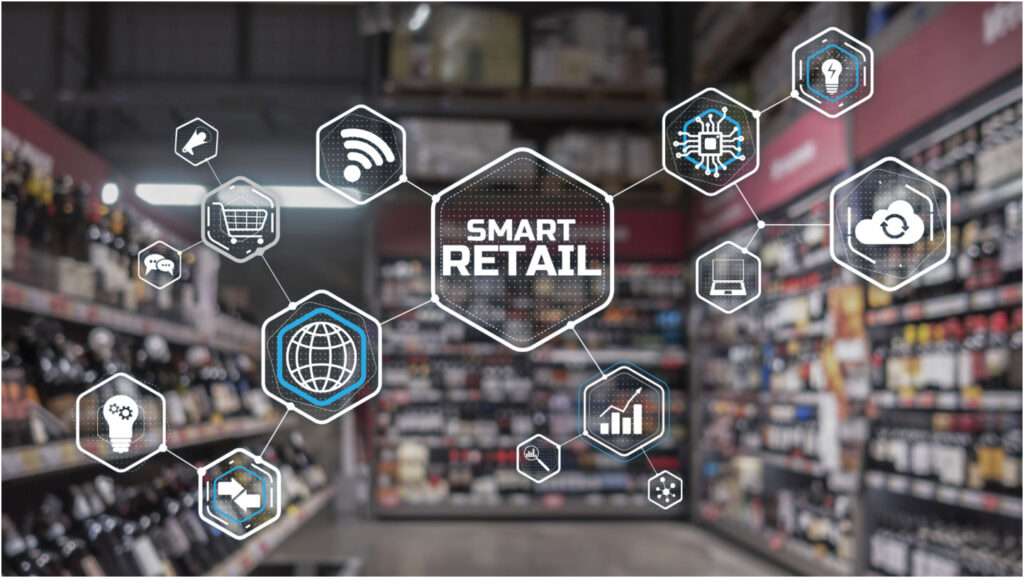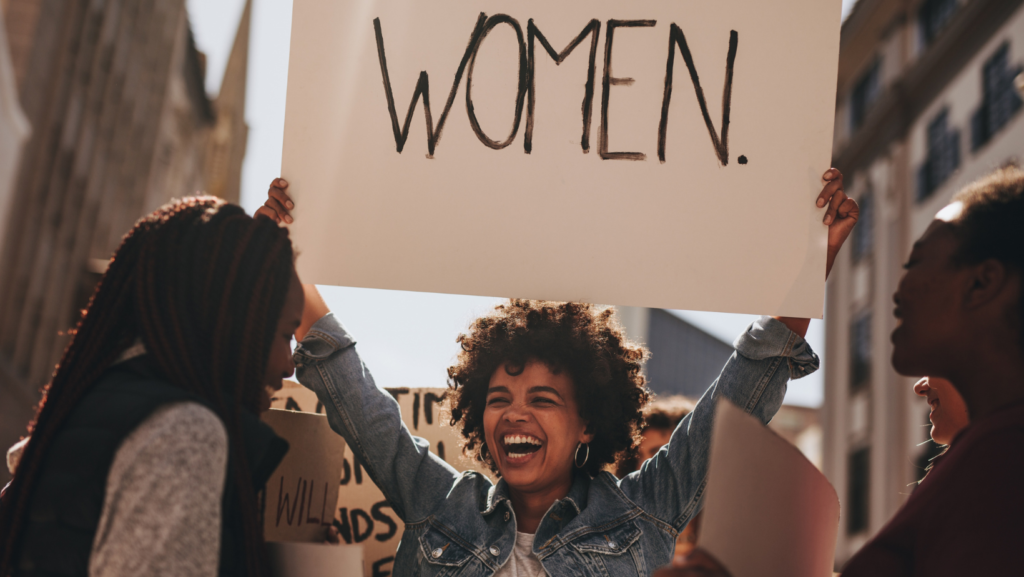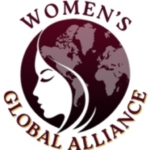
I want to tell you a story about a world where women and girls are valued, respected, and given the same opportunities as men. Achieving this vision of gender equality and female empowerment? Absolutely doable. But remember, teamwork makes the dream work here, folks.
Honestly, striving for gender balance and championing female empowerment? They’re not just popular terms. They’re key moves on our journey to crafting an inclusive tomorrow where everyone wins. When women have equal rights and opportunities, entire communities benefit. Economies grow, families thrive, and societies become more stable and peaceful.
But here’s the thing: we’re not there yet. Despite progress made over the years, from one country to another, barriers remain tall for many women – limiting access to jobs and schooling while exposing them to harm’s way or unequal treatment. It’s time for us to step up and champion gender equality and female empowerment, and be the change we want to see.
Table Of Contents:
- Understanding Gender Equality and Women’s Empowerment
- Historical Perspective on Gender Equality
- Current State of Gender Equality Worldwide
- Strategies for Advancing Gender Equality
- The Role of Men and Boys in Promoting Gender Equality
- Intersectionality and Gender Equality
- The Way Forward: Achieving Gender Equality by 2030
- Conclusion
Understanding Gender Equality and Women’s Empowerment
Gender equality and women’s empowerment is not just a buzzword; it’s a fundamental human right. It’s a state where both men and women have equal opportunity to benefit from and contribute to economic, social, cultural and political development.
Definition of Gender Equality
USAID’s Gender Equality and Female Empowerment Policy defines gender equality as a state “in which both men and women have equal opportunity to benefit from and contribute to economic, social, cultural and political development; enjoy socially valued resources and rewards; and realize their human rights.”
Women’s empowerment is crucial for achieving gender equality. It involves identifying and fixing power imbalances, giving women more control over their lives. When women are empowered, it benefits not just them, but their entire families and future generations.
Challenges to Achieving Gender Equality
Despite clear evidence showing how central women’s empowerment is to reducing poverty, promoting development, and addressing the world’s biggest challenges, gender equality is still an unfulfilled promise. Significant barriers remain, and progress has been far too slow.
Historical Perspective on Gender Equality
The fight for gender equality has been a long and ongoing battle. Let’s take a look at some of the key milestones and the role of international organizations in advancing women’s rights. One of the most significant landmarks was the Beijing Declaration and Platform for Action, adopted in 1995 at the Fourth World Conference on Women. This groundbreaking agreement set the agenda for advancing gender equality worldwide.
Role of International Organizations
The United Nations has been instrumental in promoting gender equality through initiatives like the Convention on the Elimination of All Forms of Discrimination against Women (CEDAW) and the Sustainable Development Goals (SDGs). These landmark agreements have pushed gender equality to the forefront of the global agenda.
Current State of Gender Equality Worldwide
While we’ve made progress, the current state of gender equality worldwide is still far from where it needs to be. Significant gaps and challenges persist in areas like education, employment, and violence against women. In many countries, girls still face barriers to accessing quality education. Women are often underrepresented in leadership positions and paid less than men for the same work. These gender inequalities limit women’s potential and hold back entire economies.
Violence Against Women and Girls
Violence against women, including intimate partner violence and sexual violence, remains a pervasive issue. One in three women experience physical or sexual violence in their lifetime, often from an intimate partner. This is a grave violation of women’s human rights.
Harmful Traditional Practices
Harmful practices like female genital mutilation (FGM) and child marriage continue to affect millions of girls worldwide. These practices violate their rights and have lasting negative impacts on their health and well-being. We must work to eliminate these harmful traditions.
Strategies for Advancing Gender Equality
Achieving gender equality requires a multi-pronged approach. Here are some key strategies for advancing women’s rights and empowerment:
Empowering Women Economically

Economic empowerment is crucial for gender equality. This means ensuring women have equal access to resources, decent work, and equal economic opportunities. When women can fully participate in the economy, entire communities benefit.
Women must have a seat at the table where decisions are made. Increasing women’s participation in political leadership allows them to advocate for policies that promote gender equality. We need more women in positions of power.
Ensuring Access to Education and Healthcare
Education and healthcare are fundamental rights. Ensuring girls have access to quality education and reproductive health services is essential for their empowerment. Educated, healthy women can reach their full potential and contribute to their societies.
The Role of Men and Boys in Promoting Gender Equality
Gender equality isn’t just a women’s issue – men and boys have a crucial role to play as allies and advocates.
Challenging Traditional Gender Roles
Rigid gender roles and stereotypes hold everyone back. Engaging men and boys in challenging these traditional norms is key to creating a more equal society. Men must be part of the conversation.
Encouraging Allyship and Support
Men can use their privilege and platforms to amplify women’s voices, challenge sexism, and support gender equality initiatives. We need more male allies actively working to eliminate harmful practices and advocate for women’s rights.
Intersectionality and Gender Equality
Gender inequality doesn’t exist in a vacuum – it intersects with other forms of discrimination and disadvantage. We must take an intersectional approach to truly achieve equality for all women. Women from marginalized communities, such as racial minorities, LGBTQ+ individuals, and those with disabilities, often face compounded discrimination. Addressing their unique challenges requires targeted interventions and policies.
The Impact of Conflict and Displacement on Gender Equality
In conflict-affected regions like the Middle East, women face heightened risks of violence and exploitation. Displacement due to conflict or natural disasters can exacerbate existing gender inequalities. Humanitarian efforts must prioritize the needs of women and girls.
The Way Forward: Achieving Gender Equality by 2030
The path to gender equality by 2030 is ambitious but achievable. It will require concerted efforts from governments, civil society, and individuals alike. The Beijing Declaration remains a critical roadmap for advancing gender equality. Implementing its strategic objectives across all areas, from poverty reduction to political participation, is crucial for progress.
Accelerating Progress Towards the SDGs
The Sustainable Development Goals (SDGs), particularly Goal 5 on achieving gender equality, provide a framework for action. We must accelerate efforts to meet these targets, leaving no woman or girl behind.
Investing in Women and Girls
Investing in women and girls isn’t just the right thing to do – it’s the smart thing to do. When women have opportunities and resources, they can transform their lives, families, and communities. It’s time to put our money where our mouth is and fund gender equality initiatives. The road to gender equality is long, but we must stay the course. With collective action, political will, and a steadfast commitment to women’s rights, a gender-equal future is within reach. Let’s get to work.
Conclusion
Gender equality and female empowerment are not just women’s issues – they’re human rights issues that affect us all. It’s about breaking apart those old ideas of who should be what based on gender, asking loudly for new rules that level the playing field, and giving a high-five to projects with women at the helm. Only then can every single one of us soar as high as we’re meant to.
Let’s face facts; the path toward gender equality and female empowerment won’t be smooth or straight. Still though? The cause at hand totally deserves our grit and determination. Together, we can break down the barriers that hold women back and build a more just and equitable society for everyone.
So let’s roll up our sleeves and get to work. The future depends on it.

Find Us On
Website: https://www.womensglobalalliance.com
LinkedIn: https://www.linkedin.com/company/womensglobalalliance
